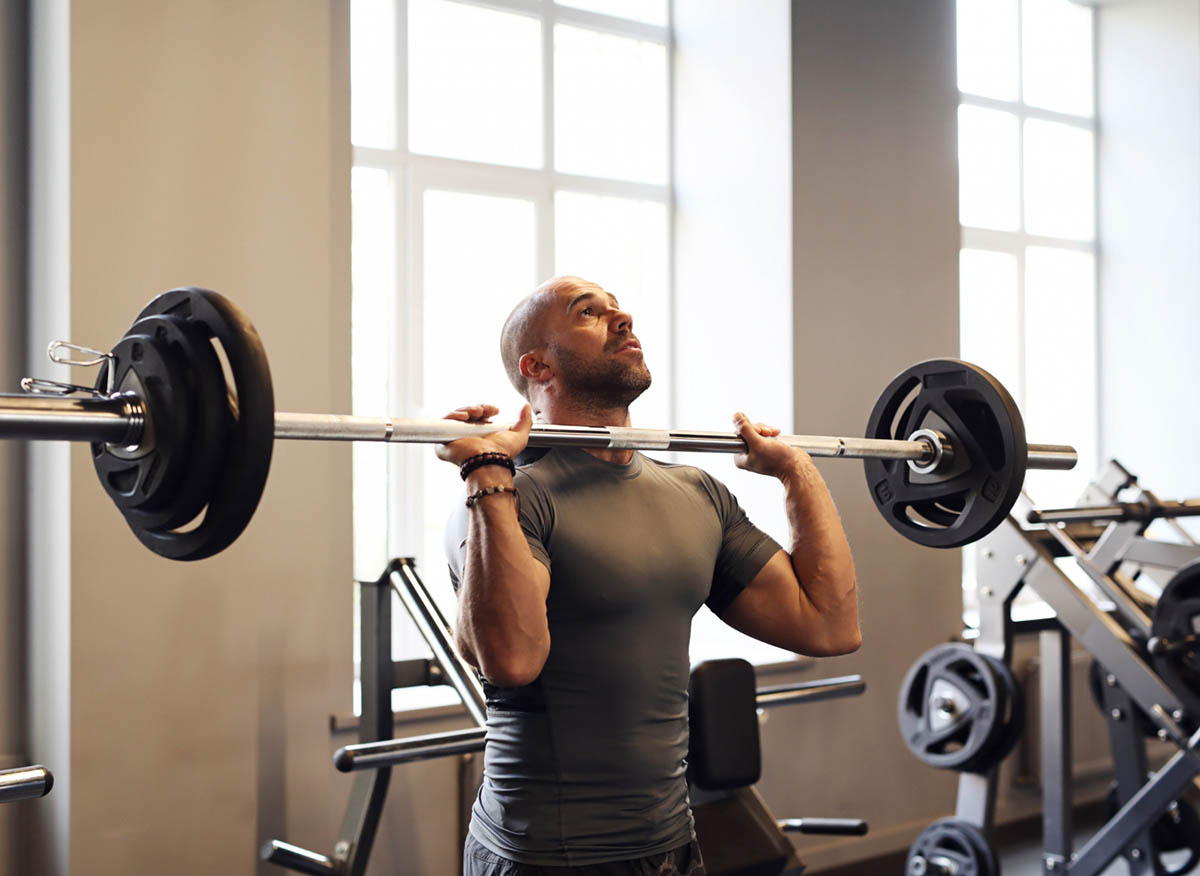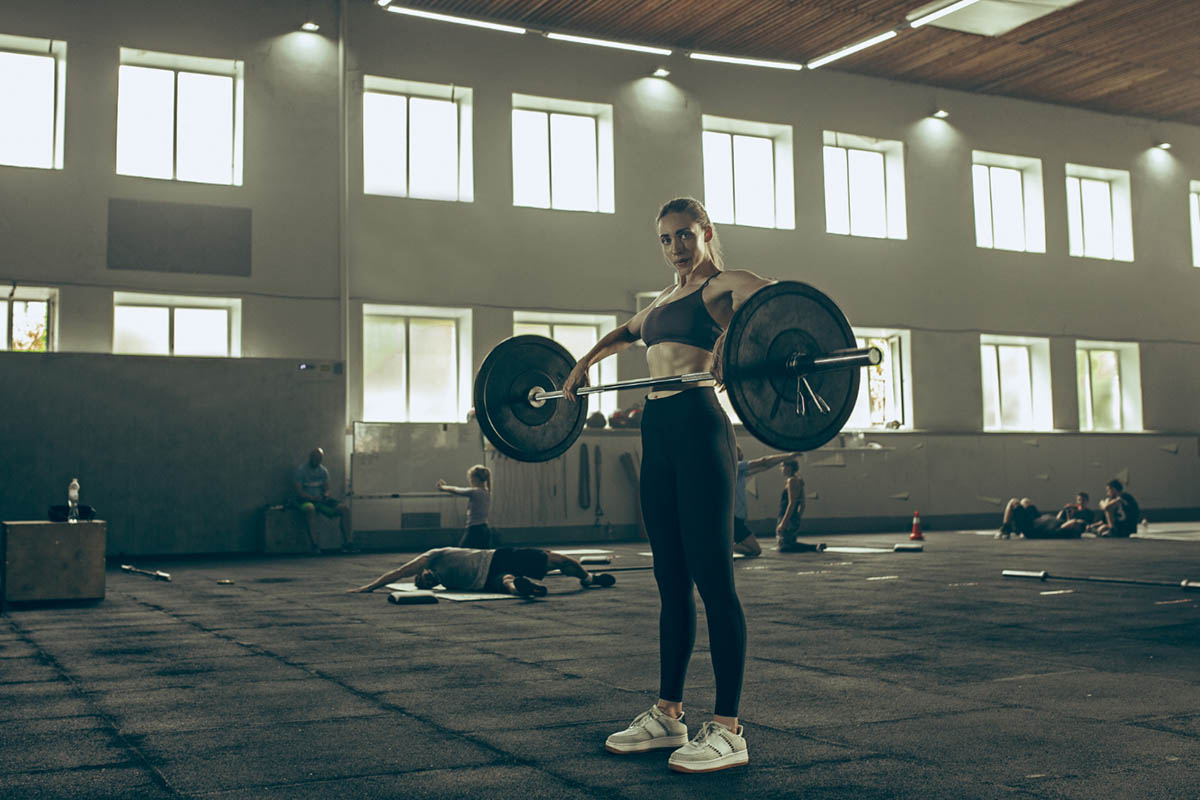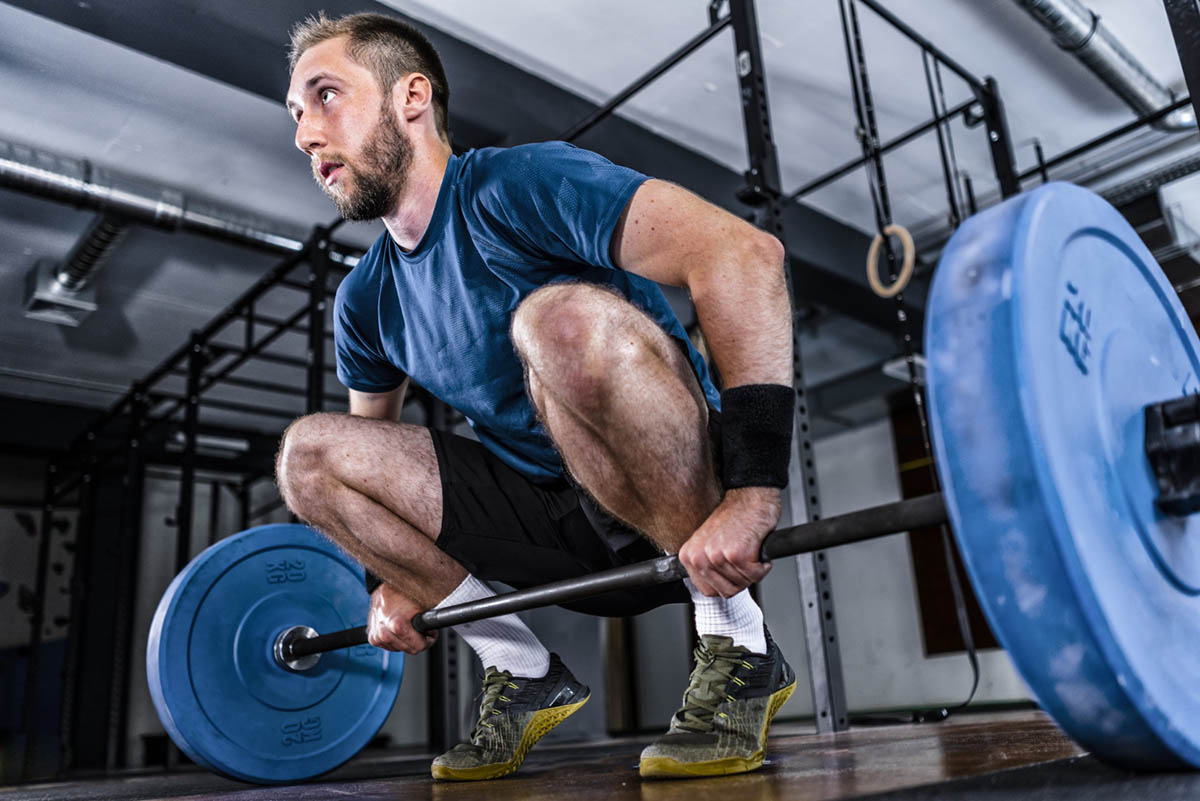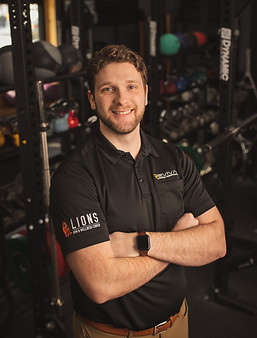Introduction: Lift with Confidence and Strength
Hello, strength enthusiasts of Minneapolis! Are you looking to perfect your deadlift form while keeping injury at bay? The deadlift is a staple exercise in many workout routines, known for its incredible benefits in building strength and conditioning. However, performing it incorrectly can lead to significant injuries, particularly to your lower back. Today, we’ll dive into the world of deadlift health, exploring common pitfalls, prevention strategies, and the critical role of physical therapy. Let’s deadlift our way to a stronger, healthier body!
Understanding Deadlift Pathology: Common Injuries and Their Causes
Deadlifting is an incredibly effective exercise, but it can also be a double-edged sword if not performed correctly. Here are some common injuries associated with deadlifting and their causes:
Lower Back Strain
Lower back strain is perhaps the most common injury associated with deadlifting. It often occurs due to poor form, such as rounding the back or lifting with the spine instead of the legs.
Hamstring Tears
Hamstring injuries can result from insufficient warm-up or overstretching during the lift. Proper flexibility and strength are crucial to avoid these tears.
Shoulder and Neck Strain
Improper shoulder positioning and engagement during the deadlift can lead to strain in the shoulders and neck, often exacerbated by excessive weight and poor posture.
Knee Injuries
Knee injuries can occur if the lifter allows the knees to collapse inward or if there is excessive forward knee movement, placing undue stress on the joints.
The Role of Physical Therapy in Deadlift Health

Physical therapy is not just for recovery—it’s an essential part of injury prevention and performance enhancement. At Revival Physical Therapy, we focus on empowering you with the knowledge and techniques to deadlift safely and effectively.
Proactive Physical Therapy Approaches
Form Correction
Our therapists analyze your deadlift technique to identify and correct improper movements. Ensuring proper alignment and engagement of muscles can significantly reduce the risk of injury.
Strengthening Exercises
Targeted exercises help build the necessary muscle strength to support your deadlift. This includes strengthening the core, lower back, glutes, hamstrings, and quadriceps.
Mobility Work
Improving flexibility and range of motion is crucial for performing deadlifts safely. Our mobility work includes dynamic stretching and joint mobilization techniques.
Success Stories: Real Results from Real People
Meet Sarah, a competitive powerlifter who struggled with chronic lower back pain. Through a personalized physical therapy program that included form correction, strengthening exercises, and mobility work, Sarah not only overcame her pain but also achieved new personal records in her lifts.
Crafting Your Deadlift Health Plan: Personalized Strategies
Every lifter is unique, which means personalized plans are essential. Here’s how we create tailored deadlift health plans:
Detailed Assessment
We start with a comprehensive evaluation of your current lifting technique, strength levels, and any existing injuries or limitations.
Customized Exercise Program
Based on your assessment, we develop a tailored exercise program that targets your weak spots and enhances your strengths. This includes specific exercises designed to improve your deadlift form and prevent injuries.
Ongoing Support and Adjustments
As you progress, we continually adjust your program to ensure ongoing improvement and to prevent plateaus. Regular follow-ups and reassessments ensure that your treatment remains effective and adaptive to your recovery journey.
FAQs: Answering Your Deadlift Queries
How often should I deadlift to see improvement?
Training frequency can vary, but generally, 2-3 times per week is recommended. It’s essential to balance intensity with adequate recovery.
What can I do to warm up properly for a deadlift session?
A proper warm-up should include dynamic stretches, light cardio, and specific mobility exercises for the hips, hamstrings, and lower back.
Can deadlifting cause long-term back issues?
Without proper form and preventive care, deadlifting can exacerbate back problems. However, with the right technique and support, deadlifting can strengthen your back and prevent injuries.
Daily Habits for a Healthier Deadlift Routine
Enhancing your deadlift performance isn’t confined to the gym. Incorporating these daily habits can significantly impact your lifting performance and health:
Proper Nutrition
Fueling your body with the right nutrients can enhance muscle repair and growth. A balanced diet rich in proteins, healthy fats, and complex carbohydrates is essential.
Ergonomic Awareness

Being mindful of your posture throughout the day, not just during your workout, can help maintain spinal health. This includes proper sitting, standing, and lifting techniques in daily activities.
Consistent Stretching
Regularly stretching the muscles involved in deadlifting can improve flexibility and reduce the risk of injury. Focus on dynamic stretches before lifting and static stretches post-workout.
Real-Life Success Stories: Inspiration from Our Clients
At Revival Physical Therapy, we’ve helped countless individuals improve their deadlift performance and overall strength. Here are a few inspiring stories:
John, the Office Worker Turned Powerlifter
John, an office worker, experienced severe lower back pain due to poor posture and incorrect lifting techniques. With a customized physical therapy program that included form correction, strength training, and ergonomic adjustments, John not only alleviated his pain but also discovered a passion for powerlifting.
Lisa, the Marathon Runner
Lisa, a marathon runner, incorporated deadlifting into her training to improve her overall strength and endurance. However, she started experiencing knee pain. Through targeted physical therapy sessions focusing on knee alignment and strength, Lisa was able to continue her running and lifting pain-free.
Conclusion: Lift Smart, Lift Strong
Mastering the deadlift is about more than just lifting weights—it’s about lifting with precision, care, and confidence. By integrating proper techniques, strengthening exercises, and physical therapy into your routine, you can enjoy the many benefits of deadlifting without the risk of injury. At Revival Physical Therapy, we’re committed to helping you lift more than just weights—we lift your health, your confidence, and your potential.
Call to Action
Ready to elevate your deadlift game and safeguard your health? Contact Revival Physical Therapy today to schedule a consultation and start your personalized deadlift health plan. Visit our blog for more insights, tips, and success stories. Together, let’s lift your performance and your well-being to new heights!


